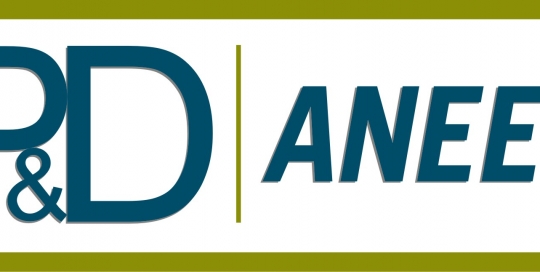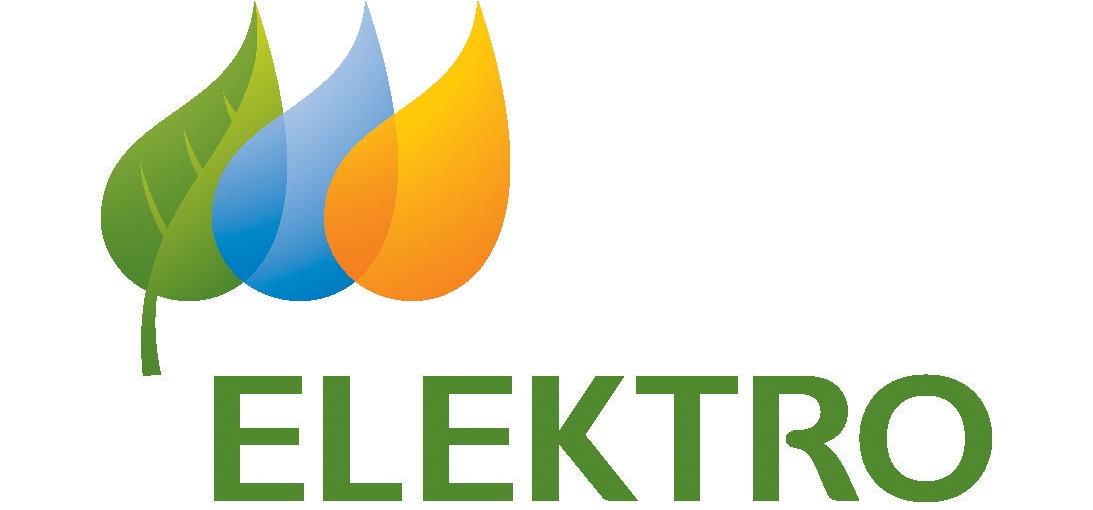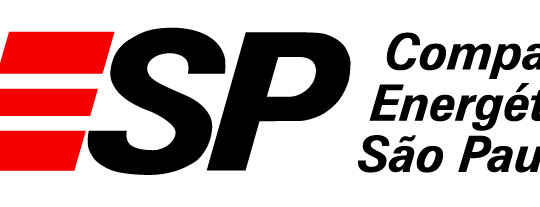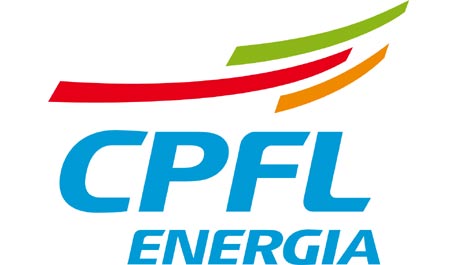The IRIS project aims to address questions related to the massive penetration of intermittent power sources (such as wind and solar) into the Brazilian grid, covering aspects ranging from electrical and operational issues to regulatory improvements to cope with this new scenario.
The IRIS project counts with the support of federal agencies and institutes such as EPE (governmental research company), ANEEL (local regulator) and ONS (local ISO).









